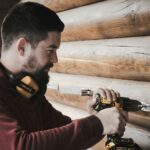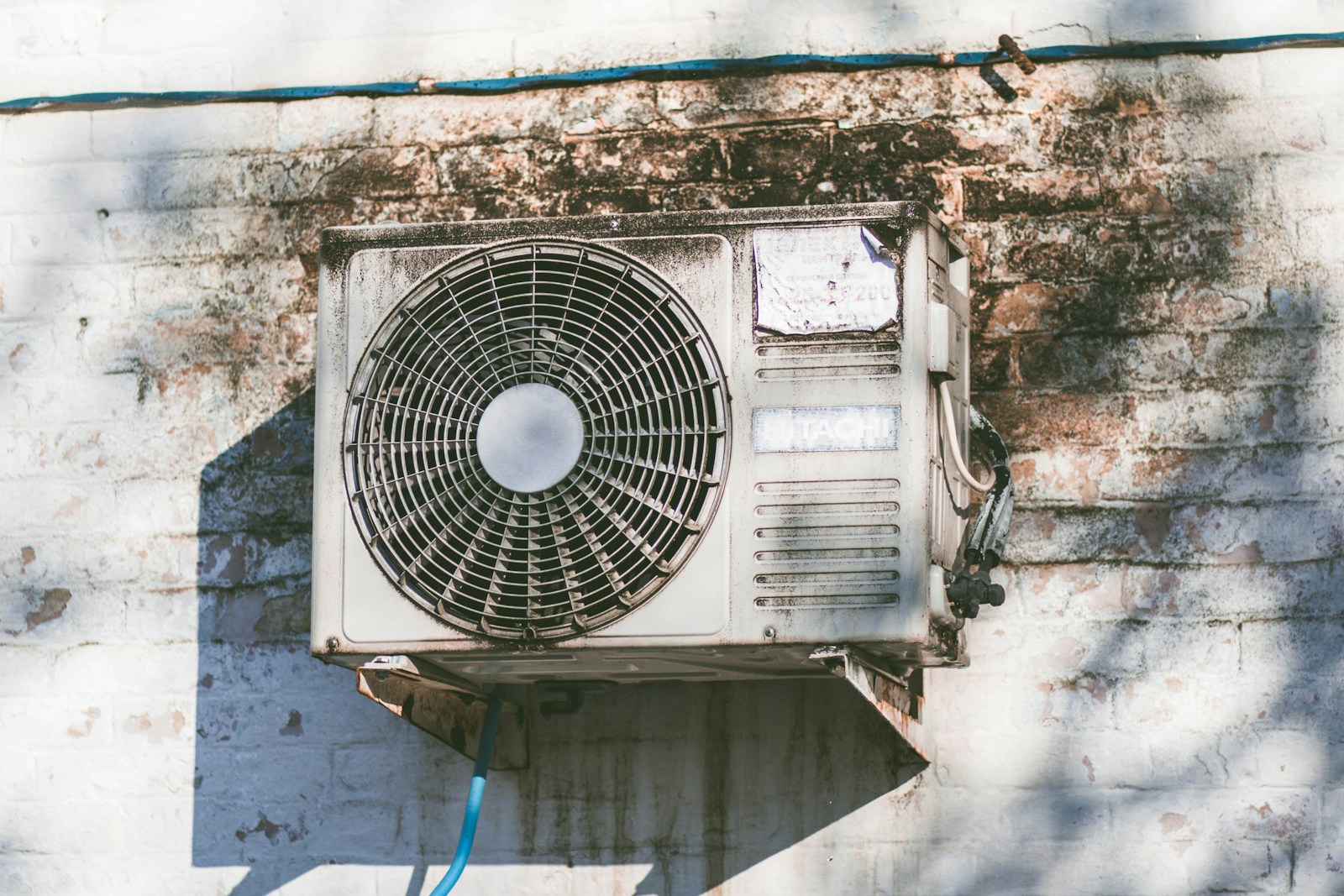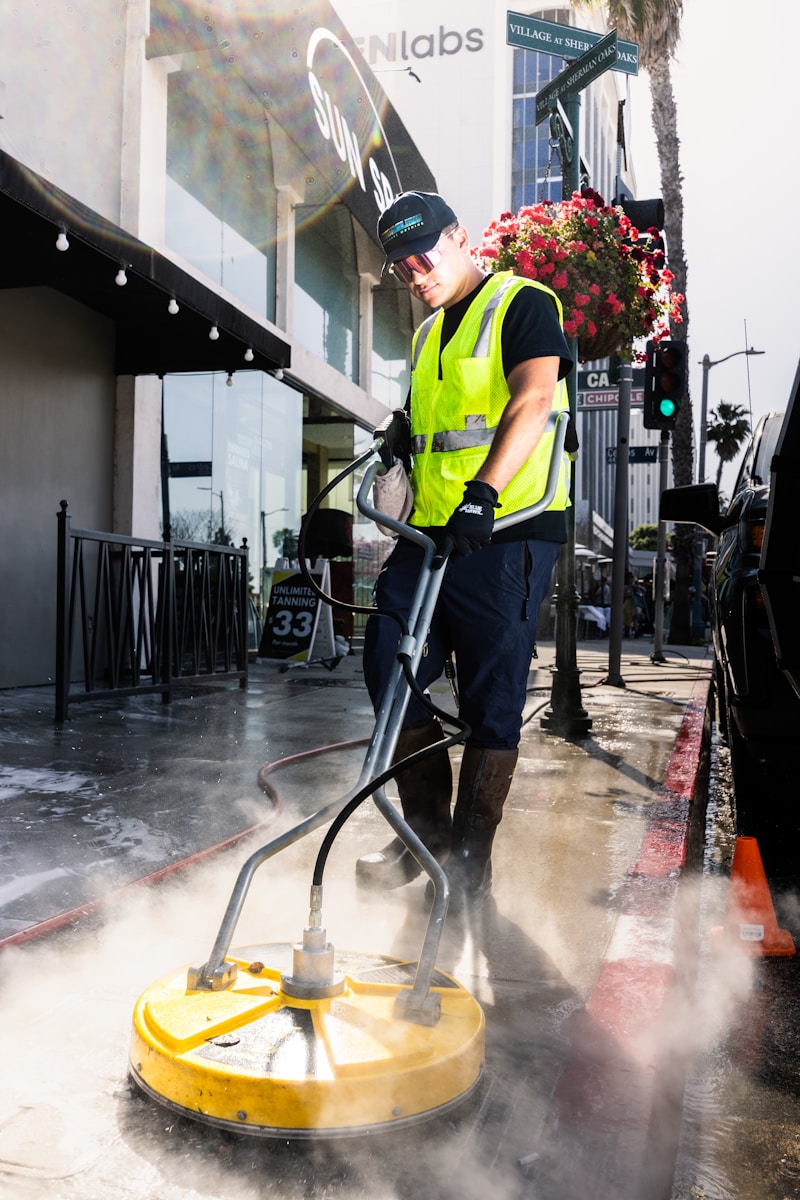As winter approaches, homeowners must take proactive steps to protect their homes from the harsh elements that come with the season. One of the most critical areas to prepare is the roof, as it acts as the first line of defense against snow, ice, and freezing temperatures. A well-maintained roof can prevent leaks, structural damage, and costly repairs. This essay explores practical steps to ensure your roof is ready for winter.
1. Inspect the Roof Thoroughly
The first step in winterizing your roof is conducting a thorough inspection. Look for missing, damaged, or curling shingles that could allow water to seep in. Also, check for signs of wear around chimneys, vents, and skylights. If the roof is older or difficult to access, consider hiring a professional roofer to perform a detailed inspection. Early detection of weak spots can prevent more significant issues during winter storms. Roof contractors near Delta Ohio can help you with this if needed.
2. Clean Gutters and Downspouts
Clogged gutters and downspouts can lead to ice dams, which occur when melting snow refreezes at the edge of the roof, blocking proper drainage. This can cause water to back up under the shingles and leak into the home. Cleaning gutters of leaves, twigs, and debris ensures that water can flow freely away from the roof and foundation. Installing gutter guards is another way to minimize future blockages.
3. Trim Overhanging Branches
Tree branches hanging over the roof pose a risk during winter storms. Heavy snow and ice can cause limbs to break and fall, potentially damaging the roof structure. Trimming these branches back before winter not only protects the roof but also reduces the amount of organic debris that can accumulate on it.
4. Check for Proper Insulation and Ventilation
A well-insulated attic helps regulate temperature and prevents heat from escaping through the roof, which can melt snow unevenly and lead to ice dams. Ensuring that the attic has adequate insulation and proper ventilation keeps the roof cold, reducing the risk of ice buildup and improving energy efficiency throughout the home.
5. Repair Flashing and Seal Roof Penetrations
Flashing is the metal or plastic material used to seal joints and roof penetrations, such as those around chimneys, skylights, and vents. Over time, flashing can crack or loosen, allowing water to seep in. Checking and repairing flashing and using roofing sealant to fill small gaps can greatly reduce the risk of leaks.
6. Consider Installing a Roof Heating System
In regions with heavy snowfall, installing heat cables or a roof heating system can be beneficial. These systems melt snow and ice in problem areas, such as eaves and valleys, preventing ice dams and keeping drainage pathways open.
Preparing your roof for winter is a crucial part of seasonal home maintenance. By inspecting for damage, cleaning gutters, trimming trees, ensuring proper insulation, and sealing vulnerable areas, homeowners can avoid many of the problems that winter weather can cause. Taking the time to winterize your roof not only protects your home but also provides peace of mind during the coldest months of the year.









